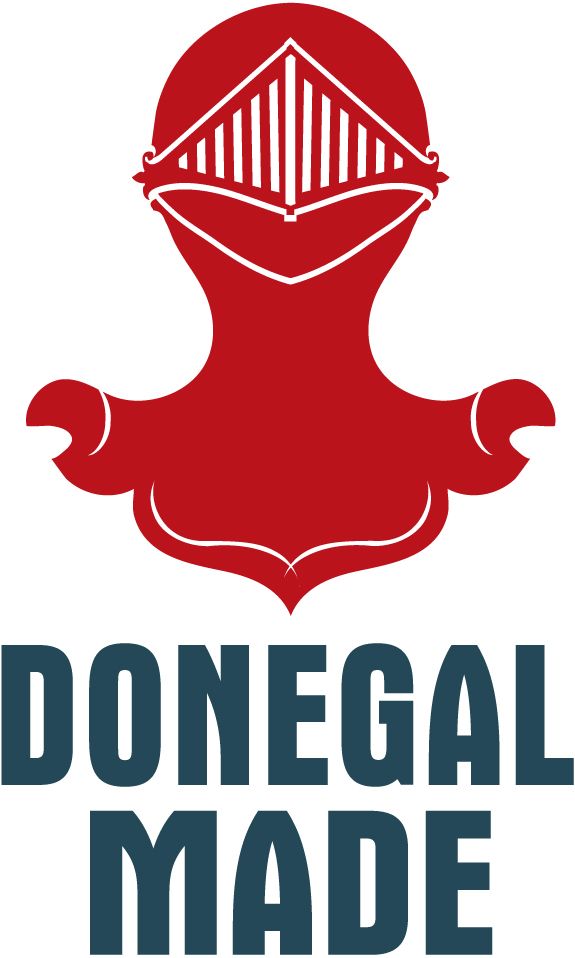In north-west Ireland the Donegal railway system incorporated The County Donegal Railway, Londonderry & Lough Swilly Railway and Finn Valley Railway, with a total of 225 miles of track, they formed the largest narrow gauge railway system in north-west Europe.
Starting in the 1930s, economies of operation were necessitated for the preservation of the extensive rural railway network by the phasing out of passenger steam trains on branch lines and the introduction of ‘rail buses’ as an ingenious Irish solution to an Irish problem.
Although rail buses could adhere to the same timetables as steam engines, their development suffered from a significant design drawback—they lacked the comfort provided by road buses equipped with pneumatic tires.
After researching and experimenting, the Great Northern Railway (G.N.R.) found a straightforward engineering solution to the problem. They applied steel railway rims over pneumatic tires, which effectively improved the ride experience for passengers. The General Manager at the GNR Dundalk Works, Mr. George W. Howden and the Works Manager at the time, Mr. R.W. Merdith, patented this solution. This innovative design, later known as the ‘Howden-Merdith Wheel,’ was subsequently adopted by Córas Iompair Éireann (C.I.E.) for various regions across the country.
Since steering was unnecessary on the rails, the rail bus did not have swivelling front wheels. Converting a regular bus into a rail bus was a relatively inexpensive process, costing no more than £100. This was because the standard bus’s track width closely matched the narrow gauge of the track, which was 5ft. 3 inches. As a result, minimal adjustments in dimensions were required.
The ‘Howden-Merdith Wheel,’ was undoubtedly used in 1936 by Walker Brothers and the Dundalk Works (Great Northern Railway) when they built rail car No. 15 for service on the Donegal Railway.
Coming into service in April 1936 No. 15 was the first articulated diesel railcar where the full-width drivers cab was separated from the railcar. Costing £2,275 and seating 41 passengers this railcar could also transport a weight of 12 tonnes on a towed covered cargo wagon.
According to the late Cathal Hannigan, who worked in the body shop in Stranorlar, No. 15 fitted with a 6L2 Gardner “had the worst engine”, despite many overhauls, none of the men liked to drive her. Despite this, No. 15 is credited with 866,000 miles, and survived in service until the line closed.
The No. 15 passenger unit is now restored and on display at Donegal Railway Heritage Museum, The Old Station House, Tyrconnell St, Donegal, F94 EE00.
Following closure of the railway in 1959, No. 15 was withdrawn in 1960 and was sold at auction in 1961. After a period of dereliction the body of was acquired in 1995 by the Donegal Railway Heritage Museum, restored and moved to its present location at their museum in Donegal town. Plan your next visit to the museum this summer.
Information sources:
Anthony Burges
Córas Iompair Éireann (CIE)
County Donegal Historical Society
Donegal Railway Heritage Museum
Fintown Railway
Heritagerailway.co.uk
Irish Narrow Gauge Railways
J Harcourt
John Piercy
Off The Beaten Track
Roogerfarnworth.com
Steamindex.com
WA Smith


